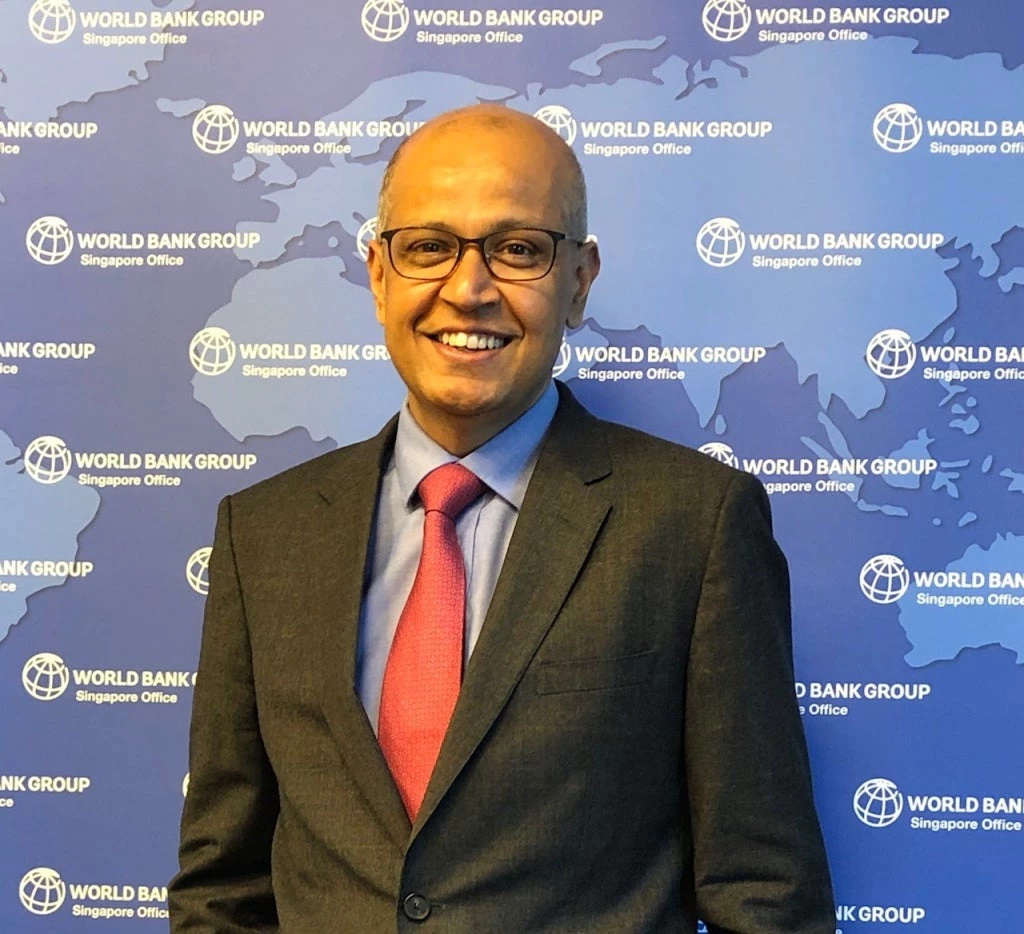 |
| A power substation in Yingxhou, Sichuan Province was almost totally destroyed in the magnitude 7.9 Sichuan-Wenchuan earthquake in 2008. |
The statistics are startling. 75% of global flood mortality risk is concentrated in only three Asian countries: Bangladesh, China and India. 85 % of deaths from tropical cyclones are in just two Asian countries: Bangladesh and India. Indeed, Bangladesh alone accounts for over three-quarters of people dying from tropical cyclones. 85% of global earthquake risk is concentrated in only 12% of the earth’s surface—a large part of it in Asia. In 2009, six of the ten countries with the highest mortality rates and GDP losses from natural disasters were in Asia. 82% of all lives lost in disasters since 1997, are in Asian countries.
This is unacceptable and it is time for Asia to “wake-up”. This was the blunt call to action from Dr. Yeon-soo Park, Administrator of Korea’s National Emergency Management Authority (NEMA) at the World Bank/GFDRR Pre-Event Workshop on “Designing for Disaster and Climate Resilience” on Sunday just before the 4th Asian Ministerial Conference on Disaster Risk Reduction (4AMCDRR) in Incheon, Korea.
Meeting in the shadow of the devastation caused by Super Typhoon Megi and Super Cyclone Giri last week, the 7.7 M earthquake and tsunami off the Mentawai Islands and the eruption of Mount Merapi in Indonesia, the theme of the biannual meeting of Asian Ministers, “Disaster Risk Reduction through Climate Change Adaptation”, could not have been more timely. According to the UN Global Assessment Report of on Disaster Risk Reduction 2009, weather-related disaster risk is affecting an ever-growing area, posing a severe risk to decades of hard-fought economic growth and poverty reduction. According to OECD estimates, Asia is home to six of the ten most vulnerable port cities in terms of exposed population: including Guangzhou, Shanghai, Ho Chi Minh, Mumbai, Kolkata and Osaka.
If additional measures are not put in place in Bangladesh the damages from a single severe cyclone is expected to rise nearly fivefold to over $9 billion by 2050, affecting the poorest households most. In Vietnam’s Mekong River Delta, an expected sea level rise of 30 cm by 2050 will result in increased seasonal inundation and salinity intrusion of over 300 thousand ha of paddy fields leading to a 13% decline in rice production. In East Asia and the Pacific one major driver of vulnerability is the large number of people living along the coast and in low-lying islands—over 130 million people in China, and roughly 40 million, in Vietnam.
It is not, however, too late to act. Natural hazards and extreme events should not automatically lead to catastrophic loss of life and property. As Peter Yanev, one of the world’s top seismic engineers, put it in the 4AMCDRR World Bank/GFDRR side-event on reducing vulnerability to earthquakes in Asia, “There is no excuse for this. We can do better.” Peter presented a report (“It Is Not Too Late: Preparing for Asia’s Next Big Earthquake”), that goes into detail over the priority actions that can be taken to ameliorate the effects of earthquakes over immediate, short-term, and long-term scenarios.
For earthquakes, we know (and have known for decades) what needs to be done to prevent buildings from collapsing, saving countless lives. Simple, cost-effective programs like the Istanbul Seismic Retrofitting Program (ISMEP) are remarkably effective. Under ISMEP public buildings like schools and hospitals are not only made safe from collapse from earthquakes but renovated and improved as well. Yanev pointed out that for the cost of one new building, World Bank funded retrofitting programs in Turkey and Romania are completely renovating and improving five to six buildings.
High seismic risk countries like China, Indonesia and the Philippines should immediately embark on a systematic program to retrofit public buildings, critical infrastructure and housing starting with sectoral risk audits. With eerie prescience, discussant Professor T.C. Pan, Dean of Nanyang Technological University, Singapore suggested that Padang, Indonesia was ripe for a big earthquake, a few hours before the massive earthquake hit about 100 miles off the coast from Padang.
Disasters and climate risk pose a grave challenge to the World Bank’s core mission of reducing poverty. In the lead-up to the Cancun climate negotiations, there is a growing recognition that development under deep uncertainty requires action from policy-makers that integrates multiple sectors (urban, rural, infrastructure, social, agriculture, finance etc.), partnerships (such as the agreements the Bank has in place on disaster risk management with ASEAN, Asian Disaster Preparedness Center and forthcoming agreements with NEMA, Korea and Asian Disaster Reduction Center, Japan), and instruments (such as risk-based land-use planning, community “ground-truthed” risk assessments, early warning systems and resilient infrastructure). The building blocks for action are in place right now. Can we wake up in time?


Join the Conversation